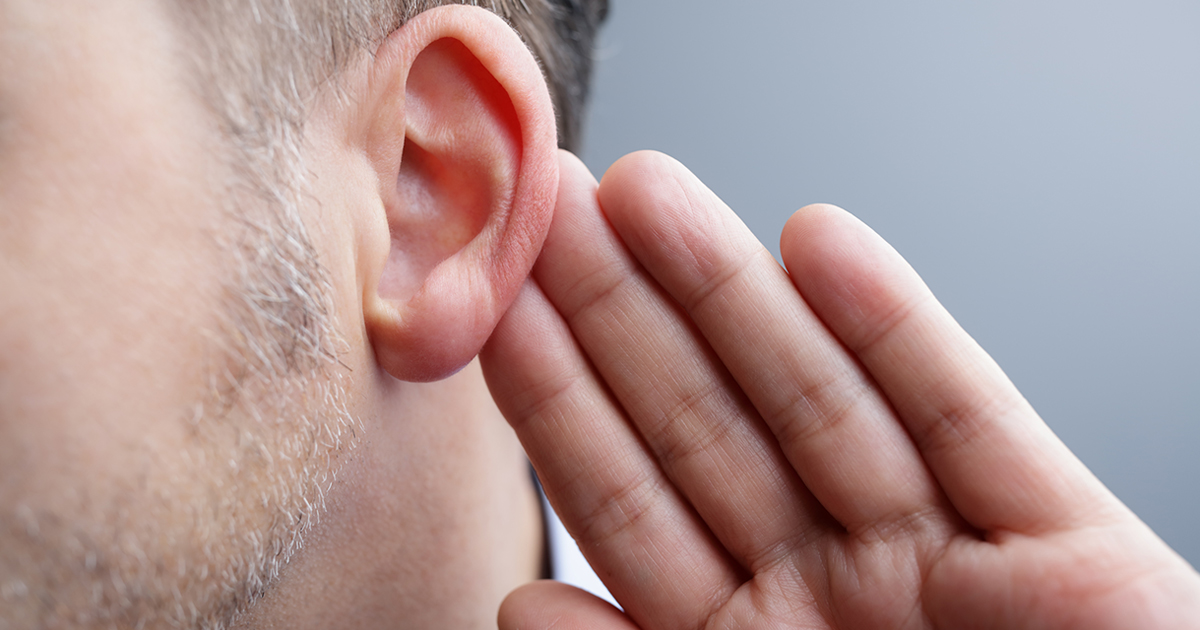How To Treat A Clogged Ear
Try Mineral Oil Ear Drops

Not all clogged ears are a result of sinus issues. Sometimes, ears can be clogged for no other reason than a buildup of earwax in the ear. Individuals might have water in their ears from swimming, or they might just have some trouble hearing out of one ear because of it being clogged. If this is the case, individuals can try mineral oil ear drops. Many medical professionals have been recommending this solution to parents when they call in because their kids are complaining of their ears feeling clogged. This is easy to do, and it is effective in cleaning out too much stubborn earwax by softening it. Any mineral oil will work, but patients can also use hydrogen peroxide if that is all they have on hand.
All individuals must do is lean their head to one side, drop five to ten drops of mineral oil in the ear facing upward, and leave their head tilted to the side for approximately ten minutes. Lying down is more comfortable than doing this sitting up. When patients have spent ten minutes on their side, it's time for them to drain their ear onto a small towel and repeat the process. Wax should soften enough to come out of the ear and let them feel as if it is not as clogged.
Dislodge Trapped Fluid Gently

When individuals try to dislodge trapped fluid gently from their ear, they have a good chance of removing the clog and repairing their hearing. This is done in many different methods. One is to jiggle the affected earlobe while holding the ear facing down. The jiggling might be enough to dislodge any fluids without too much work. Patients can also lie on their side for ten to fifteen minutes at a time with their ear down on a towel. Gravity is the force at work here.
Patients can also hold their ear downward while cupping their hand over it tightly. When individuals uncup their hand every few seconds, they are vacuuming the fluid from their ears. Chewing gum is another gentle and effective way to help dislodge water or fluid stuck in their ear. It is noninvasive, and it does not hurt. All it takes is a chewing sensation to move the water along.
